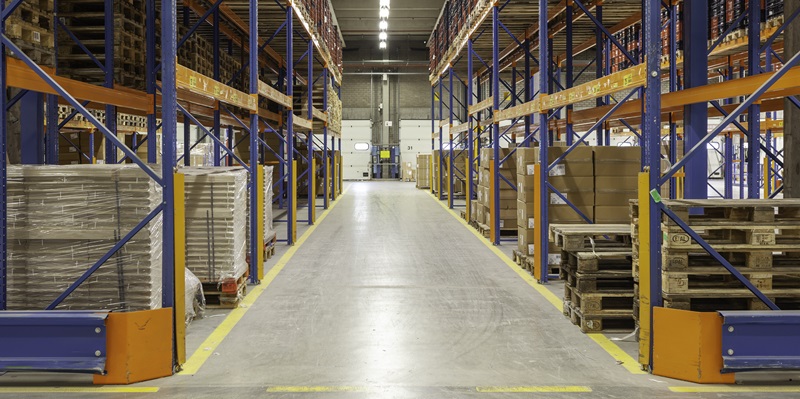Modern warehouses buzz with activity, much like a complex game of Tetris, where robots transport goods swiftly but must avoid congestion. These automated systems face the critical task of maintaining the seamless flow of robots to prevent bottlenecks and optimize efficiency. Drawing parallels with intricate traffic networks, researchers Yan and Wu from MIT have focused on this scenario, conceiving an AI-driven method. This innovative approach mirrors sophisticated traffic management, aiming to redesign warehouse operations. By integrating advanced algorithms, they’ve envisioned a solution that orchestrates robot movements with precision, aiming to ensure continuous and smooth delivery processes. The AI system they propose could potentially revolutionize how warehouses operate, circumventing delays and enhancing throughput, much like how smart traffic lights streamline bustling city traffic.
AI-Powered Traffic Control for Robots
Improving Robot Coordination
In the dynamic environment of a warehouse, an AI system designed by an MIT team acts as a masterful conductor, orchestrating the movements of robots tasked with picking and transporting items. This artificial intelligence creates algorithms that group the robots into clusters, effectively organizing their paths to prevent bottlenecks and streamline the flow of robotic traffic—much like an experienced traffic controller in a busy metropolis.
The simulations have demonstrated that this innovative approach substantially enhances the efficiency of operations within the warehouse. The AI’s ability to minimize robot traffic jams not only increases productivity but also represents a significant leap forward compared to previous, less sophisticated methods. The AI’s successful simulation results indicate a promising solution for real-world warehouse automation, potentially revolutionizing how these centers manage their robotic workforces.
A Leap in Computational Efficiency
MIT’s innovative solution is revolutionizing warehouse automation with its capacity for rapid replanning in an ever-changing environment. Traditional algorithms falter amidst variability, but MIT’s AI system employs a neural network to make real-time decisions that considerably boost operations. This AI navigates the warehouse’s dynamic setting by swiftly adjusting strategies, which is crucial for increased efficiency. The technology’s edge lies in its speedy strategy overhaul that older methods can’t match, pushing the boundaries in operational logistics despite its intensive computational requirements. This advancement denotes a leap in how logistics and inventory management will function in the future, with AI at the helm, enabling businesses to respond to changes instantly and optimize workflows like never before.
Broadening the AI Application Spectrum
From Logistics to Chip Design
MIT’s AI innovation in traffic control carries transformative potential beyond warehousing, offering key insights for sectors like computer chip design. The AI’s prowess in effectively orchestrating spatial configurations can be harnessed to revolutionize the way circuits are laid out, promoting the creation of more potent, streamlined devices. In managing the spatial complexities inherent to chip architecture, this AI system may drive notable enhancements. By applying its sophisticated space management strategies, it can refine the painstaking process of chip design. Such advancements can result in smaller, yet more powerful computing components, mirroring the improvements realized within logistical frameworks. The implications of this technology thus cross the boundaries of industries, showcasing the versatility of AI in tackling issues of space and efficiency in diverse, tightly-packed environments.
Construction and Beyond
The construction industry is increasingly integrating science into its planning processes. A cutting-edge AI system from MIT is a testament to this, with potential applications in construction site planning. This technology excels in optimizing the use of space and resources, facing the challenge of tight constraints. It is designed to innovate the management of complex logistical tasks, such as scheduling and maneuvering materials and equipment. This AI system promises to bring a new level of efficiency and strategic planning to not just the construction sector but across various industries where such improvements are needed. Its ability to enhance resource allocation could mark a significant step in the evolution of project management. The widespread adoption of this AI could indeed signify a leap forward, setting a new standard for operational efficiency and foresightedness in a multitude of business domains.

